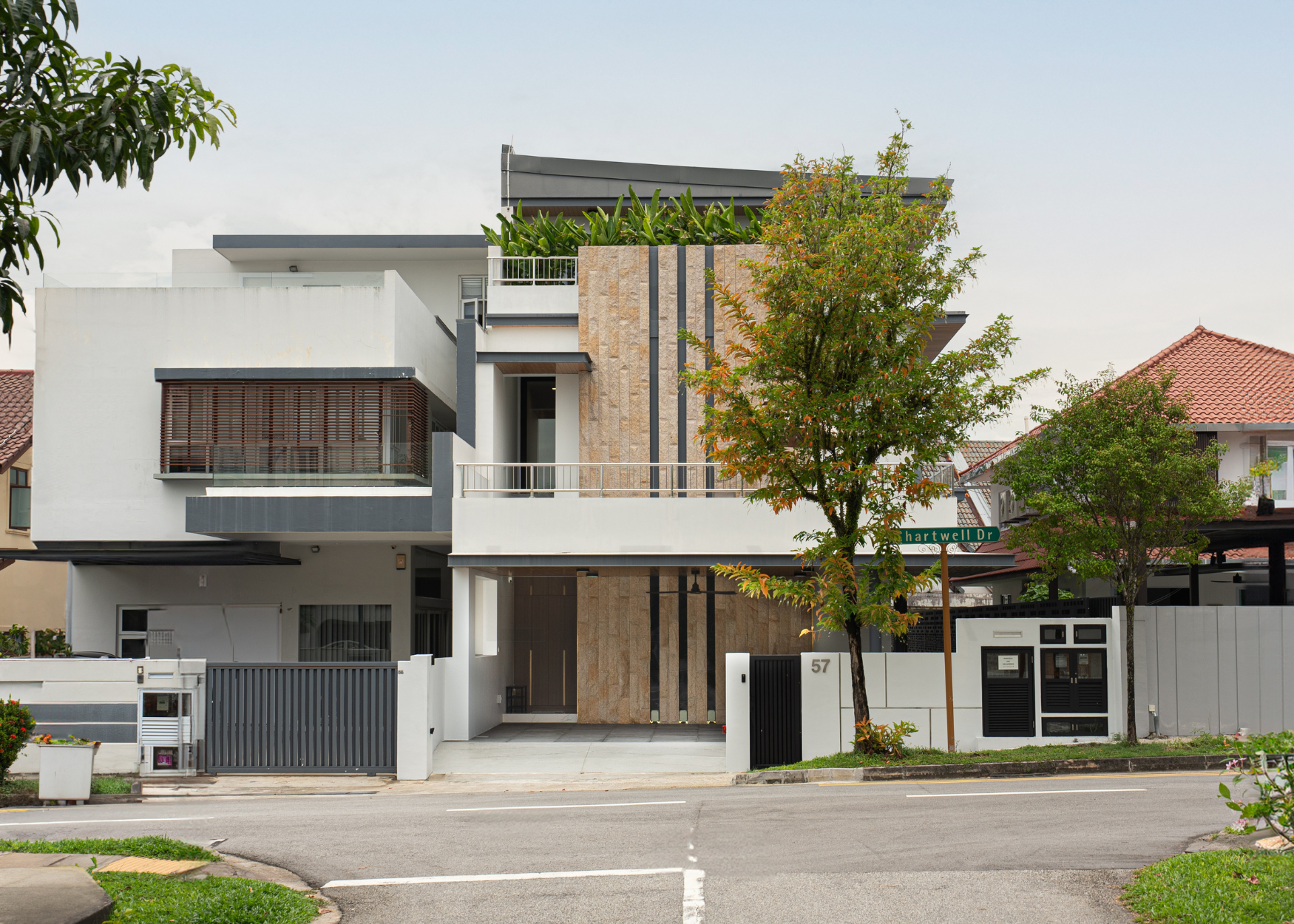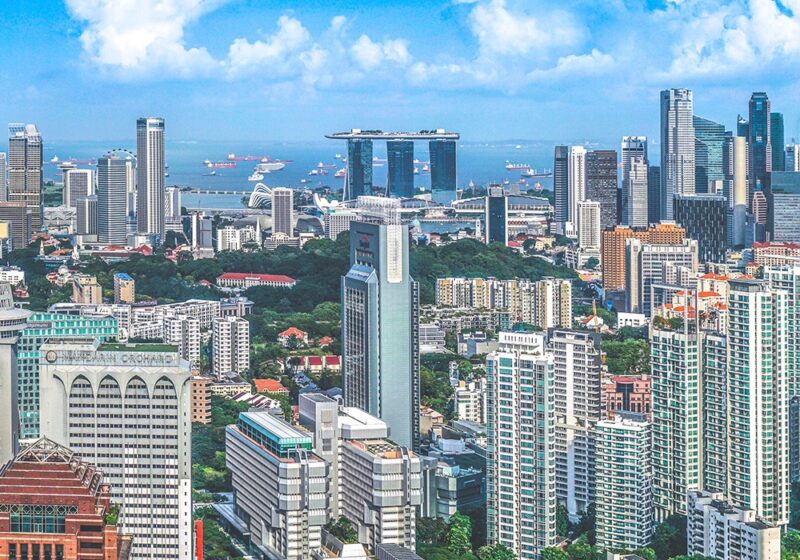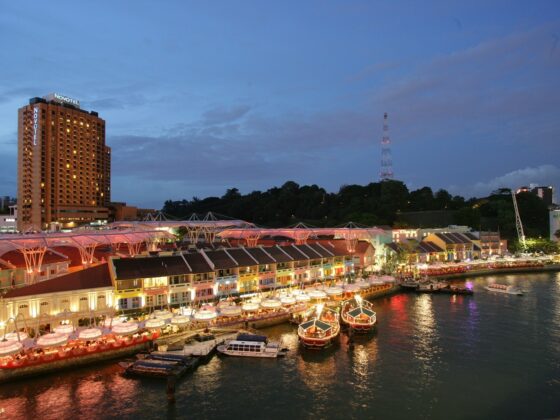Architecture has become one of the strongest drivers of property demand in Singapore’s real estate market. As urban density increases, developers compete through design excellence and functional creativity. Buyers are no longer just purchasing space—they are investing in innovation, sustainability, and lifestyle quality that modern architecture delivers.
1. The Power of Design and Visual Identity

Thomson Modern demonstrates how architectural design shapes perception and value. Iconic facades, efficient layouts, and the use of natural light enhance both functionality and aesthetics. Buyers associate such developments with prestige and forward-thinking urban living.
Architectural innovation also creates differentiation in a competitive market. Buildings with bold designs or integrated natural elements stand out, attracting both local and foreign investors. These designs help define Singapore’s skyline, reinforcing its reputation as a city of modern sophistication.
For residents, good architecture means more than appearance—it translates into better air flow, comfort, and efficient use of space. As developers continue to innovate, buyers enjoy homes that balance design beauty with everyday practicality.
2. Sustainability and Smart Building Integration

Architectural innovation now goes hand in hand with sustainability. Singapore’s Building and Construction Authority (BCA) encourages developers to pursue energy-efficient designs under the Green Mark scheme. Modern architecture incorporates eco-friendly materials, renewable energy systems, and water-saving solutions.
Developments like Thomson Modern reflect these priorities through smart-home systems, natural ventilation, and reduced energy consumption. Such features not only lower environmental impact but also cut long-term operating costs for residents.
These advancements align with Singapore’s broader Green Plan 2030 initiative, where buildings are expected to contribute to sustainability goals. Buyers increasingly view sustainable architecture as a key factor when choosing properties, ensuring higher resale and rental value over time.
3. Enhancing Lifestyle and Market Value

Architecture plays a direct role in shaping lifestyle experiences. Projects with well-designed communal spaces, sky terraces, and open courtyards promote social interaction and well-being. These shared areas encourage a stronger sense of community, which adds intangible value to the living experience.
Developers also recognize that design innovation attracts global attention and increases market competitiveness. Properties that blend technology, artistry, and livability appeal to a new generation of buyers who seek comfort and individuality in their homes.
Innovative architecture supports higher property values by creating long-term desirability. When design excellence meets functionality, it ensures continued demand even as market preferences evolve. The result is a sustainable form of appreciation built on quality and innovation.
Conclusion
Architecture innovation continues to shape the direction of Singapore’s real estate market. It enhances comfort, supports sustainability, and elevates property value through design excellence. Buyers and investors recognize that the future of housing lies in creativity and smart functionality.
Developments like Thomson Modern capture this evolution—where bold design and intelligent living combine to define modern urban life. As Singapore grows, architectural innovation will remain at the heart of its real estate success.


